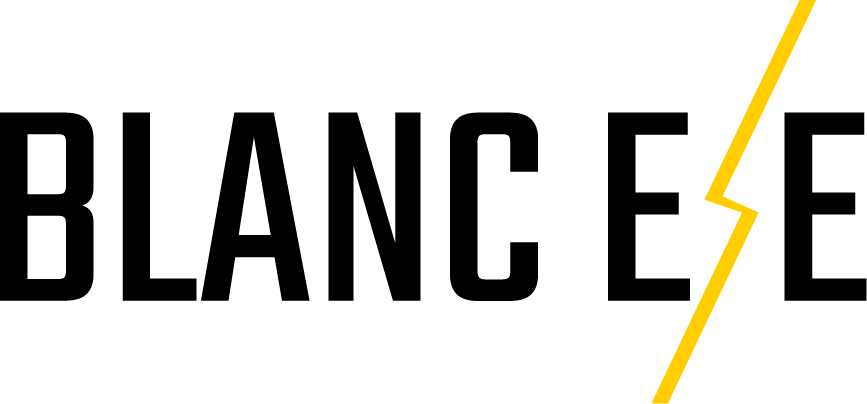When researching equipment, many people confuse rough terrain forklifts with telehandlers. While they may look similar and both operate outdoors, their design concepts and applications are very different. Understanding these differences helps businesses choose the right machine for the job.
Are Rough Terrain Forklifts the Same as Telehandlers?
The answer is no. A rough terrain forklift is closer to a traditional forklift, built with 4WD systems, high ground clearance, and off-road tires. It is designed for mud, slopes, and uneven surfaces, making it ideal for handling pallets and hay bales.
A telehandler, on the other hand, is more like a crane. It comes with a telescopic boom that can lift loads to heights of 15–20 meters or extend forward several meters, making it suitable for high stacking or long-distance material placement.
What Is the Difference Between a Telehandler and a Forklift?
Although the name “telehandler” includes the word forklift, the two are very different in practice.
- Standard forklifts and rough terrain forklifts: Designed mainly for horizontal transport and medium-height lifting.
- Telehandlers: Designed for high-reach and extended-distance lifting, functioning closer to lifting equipment than a forklift.
For example, on a farm, a rough terrain forklift can easily move hay bales across muddy ground. But if those bales need to be stacked two or three layers high, a telehandler is required.
What Are the Three Types of Forklifts?
Forklifts are commonly divided into three main categories:
- Industrial Forklifts – Designed for warehouses, factories, and flat surfaces.
- Rough Terrain Forklifts – Equipped with 4WD, high ground clearance, and deep-tread tires, perfect for farms, construction sites, and muddy conditions.
- Telehandlers (Telescopic Handlers) – Fitted with a telescopic boom, ideal for high-reach and long-distance placement tasks.
This classification helps buyers quickly understand which machine fits their operational needs.
Which Is Better: a Rough Terrain Forklift or a Telehandler?
There is no absolute winner—the choice depends on the worksite.
- For muddy fields, slopes, farms, and construction sites, a rough terrain forklift is more efficient.
- For high stacking, long-reach lifting, or upper-level access, the telehandler is the better choice.
In many cases, the two machines complement rather than compete with each other.
What Industries Use Rough Terrain Forklifts Most?
Rough terrain forklifts are widely used across industries, including:
- Construction sites – Handling pallets of bricks, wood, or steel.
- Agriculture – Transporting hay bales, silage, or orchard products.
- Outdoor logistics yards – Moving goods in temporary or uneven storage areas.
- Forestry and mining – Transporting heavy loads across rugged terrain.
Because of their versatility, the rough terrain forklift has become a preferred choice for farm owners and construction contractors.
Can Rough Terrain Forklifts Replace Telehandlers?
- Yes, they can replace telehandlers in ground-level pallet handling and transport.
- No, they cannot replace telehandlers in high-reach lifting or extended-distance stacking.
Businesses should see them as complementary equipment and plan purchases based on specific project needs.
Rough Terrain Forklift vs Standard Forklift: What’s the Difference?
- Standard Forklift: Best for warehouses and flat concrete floors. Usually 2WD, fitted with smooth or solid tires, and limited traction.
- Rough Terrain Forklift: Built for outdoor environments. Features 4WD, high clearance, and deep-tread off-road tires, ensuring stability even on muddy or sloped ground.
The two are designed for very different environments and are not interchangeable.
Key Features to Look for in a Rough Terrain Forklift
When choosing a rough terrain forklift, pay attention to:
- 4WD drive system – Maintains traction on mud and slopes.
- High ground clearance – Prevents bottoming out on uneven ground.
- Off-road deep-tread tires – Provide excellent grip and self-cleaning in mud.
- Powerful diesel engines – Ensure continuous performance in tough conditions.
- Attachment compatibility – Bale clamps, buckets, extended forks, and more for flexible use.
These features determine the efficiency and safety of your forklift in outdoor projects.
Rough terrain forklifts are not the same as telehandlers. The former specializes in pallet handling on uneven ground, while the latter excels at high-reach and long-distance lifting. By understanding the three main forklift types and their applications, businesses can make better equipment choices.
For farms, worksites, and outdoor yards, the Rough Terrain Forklift remains a key machine to boost efficiency, safety, and reliability.
